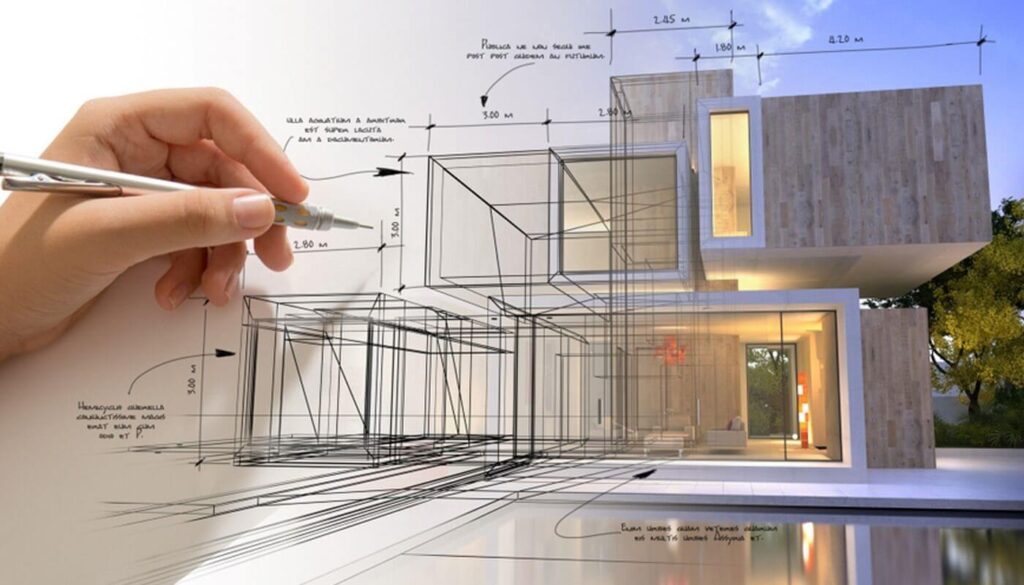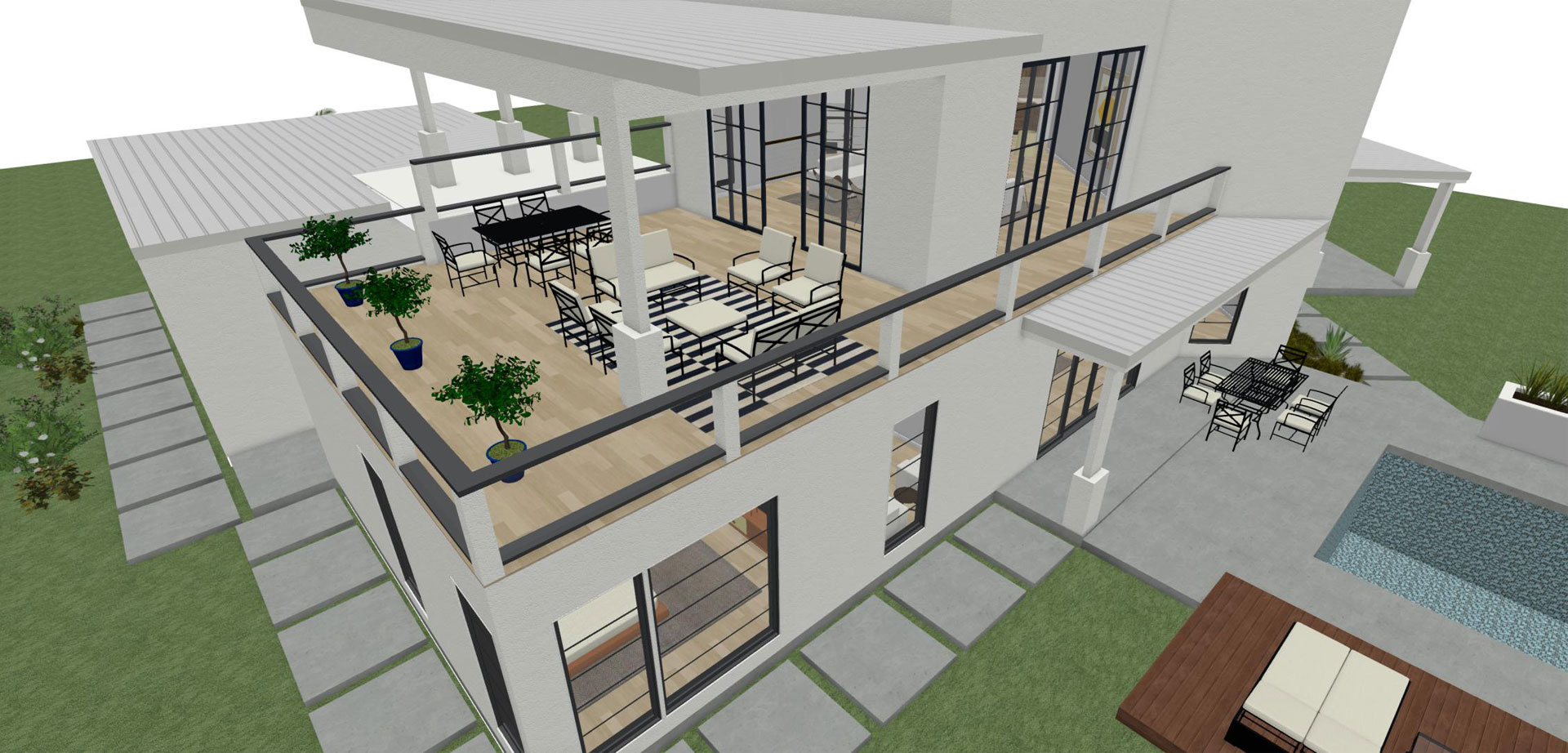A Detailed Summary of Architectural Styles and Their Influence on Modern City Preparation and Growth
Building designs have long functioned as a mirror to the social worths and technical advancements of their time, playing a vital function fit contemporary city planning and advancement. From the grandeur of Neoclassicism to the utilitarian method of Brutalism, each design has actually introduced distinct principles that influence city aesthetics and functionality. As modern challenges develop, including sustainability and area needs, recognizing these historical structures comes to be vital. The resulting discussion not just informs future style methods but also raises relevant questions about the balance in between heritage and advancement in our developing metropolitan landscapes.
Historic Summary of Building Designs

As societies transitioned with the Center Ages, Gothic design arised, defined by its verticality and complex describing, mirroring the spiritual aspirations of the era. The Renaissance marked a revival of timeless ideals, merging art and style in innovative manner ins which influenced succeeding styles across Europe.

Today, building designs remain to progress, driven by globalization and sustainability worries, mirroring a vibrant interplay in between heritage and development. This historic introduction emphasizes the relevance of style as a mirror of societal development and as a driver for city growth.
Key Architectural Styles Explained
The variety of building styles reflects the myriad impacts that form our developed setting, each symbolizing distinctive qualities and cultural importances. Trick architectural styles consist of Classical, Gothic, Baroque, Innovation, and Postmodernism, each standing for one-of-a-kind historic contexts and aesthetic ideologies.
Classic style, rooted in ancient Greece and Rome, highlights proportion, percentage, and using columns (cda architects). On the other hand, Gothic style, thriving between Ages, is characterized by pointed arcs, ribbed safes, and flying buttresses, producing a heavenly quality in sanctuaries. Baroque design, emerging in the 17th century, is marked by splendour, fancy embellishment, and a dynamic interaction of light and darkness
Innovation, which got momentum in the very early 20th century, focuses on function over kind, utilizing brand-new products like steel and glass to develop minimalist frameworks. Postmodernism, responding versus the austerity of Innovation, embraces eclecticism and historical reference, frequently integrating spirited elements and irony.

Effect on Urban Preparation
In forming the development of cities, architectural designs substantially affect metropolitan planning choices. The choice of building design usually dictates the appearances, capability, and total character of urban atmospheres.
Furthermore, building styles can impact zoning guidelines and land utilize plans. Urban planners should consider the prevailing architectural patterns when creating districts, guaranteeing that new advancements integrate with existing frameworks. This factor to consider promotes cohesive metropolitan landscapes and boosts area identity.
The execution of particular building designs can additionally affect socioeconomic factors within a city. As an example, premium modern layouts may draw in upscale locals and organizations, bring about gentrification, while more budget-friendly housing services could focus on useful and lasting designs to suit diverse populations. Eventually, the my review here interaction between architectural styles and metropolitan planning develops dynamic cities that show both historic context and modern requirements, shaping the lived experiences of their occupants
Sustainability and Modern Architecture
Architectural styles play a pivotal role in resolving contemporary obstacles, particularly in the world of sustainability. As city areas expand and environmental issues increase, modern architecture progressively welcomes lasting style concepts that prioritize power efficiency, source preservation, and marginal eco-friendly impact.
Contemporary building movements, such as biophilic design and environment-friendly architecture, supporter for frameworks that harmonize with their environments, utilizing all-natural materials and advertising biodiversity. These styles commonly include renewable resource sources, such as photovoltaic panels and wind turbines, to decrease reliance on nonrenewable fuel sources and reduced carbon footprints.
Furthermore, the combination of sophisticated innovations, such as smart building systems, improves power monitoring, maximizing resource use while making certain owner convenience. Ingenious water administration techniques, including rain harvesting and greywater recycling, additional add to lasting urban settings.
Significantly, sustainability expands past ecological worries; it includes social and financial measurements too. By fostering neighborhood well-being and advertising inclusivity, modern architectural designs line up with lasting advancement objectives. Consequently, the evolution of architectural techniques proceeds to shape resistant cities that not just meet the needs of the here and now yet additionally safeguard the future for generations to come.
Community Engagement in Layout
Area interaction in style works as a critical bridge in between architects and the populaces they serve, guaranteeing that the constructed atmosphere shows the needs and desires of its individuals. This collaborative procedure invites area members to add their insights and choices, fostering a feeling of ownership and duty toward the rooms they inhabit.
Effective area interaction employs different methods, such as workshops, surveys, and public discussion forums, to gather diverse perspectives. These techniques facilitate a two-way dialogue, enabling engineers to understand regional contexts while empowering citizens to voice their worries and desires. This inclusivity not only boosts the design high quality yet likewise advertises social equity by dealing with the one-of-a-kind challenges dealt with by marginalized teams.
Moreover, neighborhood interaction can result in cutting-edge solutions that may not arise in a typical design process. By integrating neighborhood understanding and social worths, architects can create areas that reverberate even more deeply with customers, boosting functionality and sustainability. Eventually, prioritizing community interaction in style procedures leads to atmospheres that support social interactions, support health, and enhance neighborhood ties, therefore playing a critical role in important link forming modern urban landscapes.
Conclusion
Architectural styles have actually profoundly affected modern city preparation and development, reflecting developing social and technological contexts. As cities continue to expand and adapt, the recurring dialogue between building heritage visit here and contemporary style concepts will certainly stay vital in producing comprehensive, vibrant spaces that enhance quality of life and promote social equity.